Craving perfectly smoked St. Louis ribs? You've come to the right place. This step-by-step guide provides exact measurements, foolproof techniques, and pro tips to achieve fall-off-the-bone ribs every time. Whether you're a beginner or seasoned pitmaster, these detailed instructions will transform your smoking game.
Table of Contents
- Ingredients & Measurements
- Step-by-Step Preparation
- Smoking Process Details
- Custom Spice Blends with Exact Measurements
- Essential Equipment Guide
- Frequently Asked Questions
- Conclusion
Ingredients & Measurements
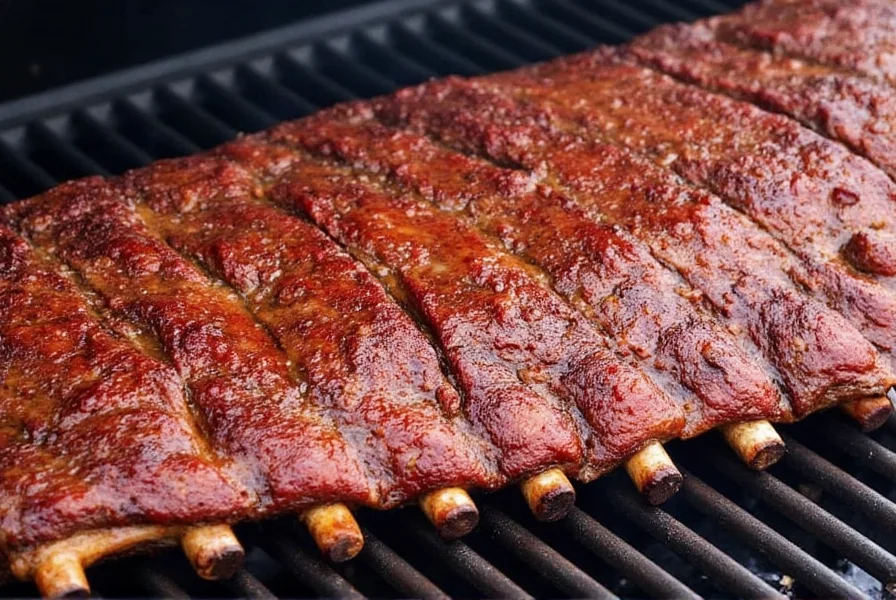
For 2 racks of St. Louis ribs (serves 4-6 people):
- 2 racks St. Louis-style ribs (approx. 4-5 lbs total)
- 1/4 cup yellow mustard (for slather)
- 1/4 cup brown sugar
- 2 tbsp paprika
- 1 tbsp kosher salt
- 1 tbsp black pepper
- 1 tbsp garlic powder
- 1 tbsp onion powder
- 1 tsp cayenne pepper (adjust to taste)
- 1/2 cup apple juice (for wrapping)
- 1/2 cup BBQ sauce (for glazing)
Step-by-Step Preparation
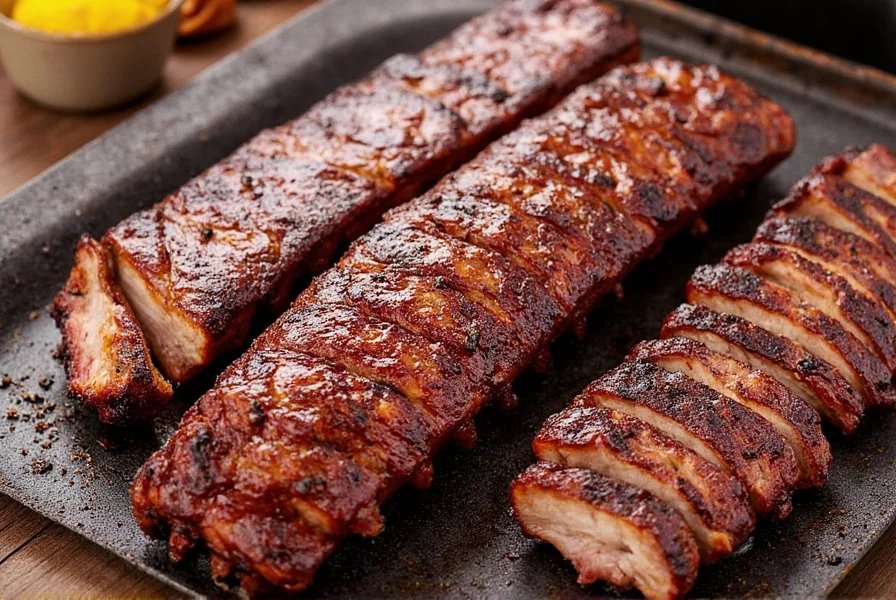
Follow these precise prep steps for optimal results:
- Remove membrane: Flip ribs bone-side up. Slide a butter knife under silver skin at one end. Grip with paper towel and peel off completely.
- Trim excess fat: Cut away thick fat pockets (1/8" thickness max) using a sharp boning knife.
- Apply mustard slather: Coat both sides evenly with 1/4 cup yellow mustard (this helps rub adhere).
- Mix dry rub: Combine brown sugar, paprika, salt, black pepper, garlic powder, onion powder, and cayenne in a bowl.
- Apply rub: Generously coat ribs with dry rub mixture (approx. 1/4 cup per rack), pressing into meat.
- Rest: Let ribs sit at room temperature for 30 minutes before smoking.
Smoking Process Details
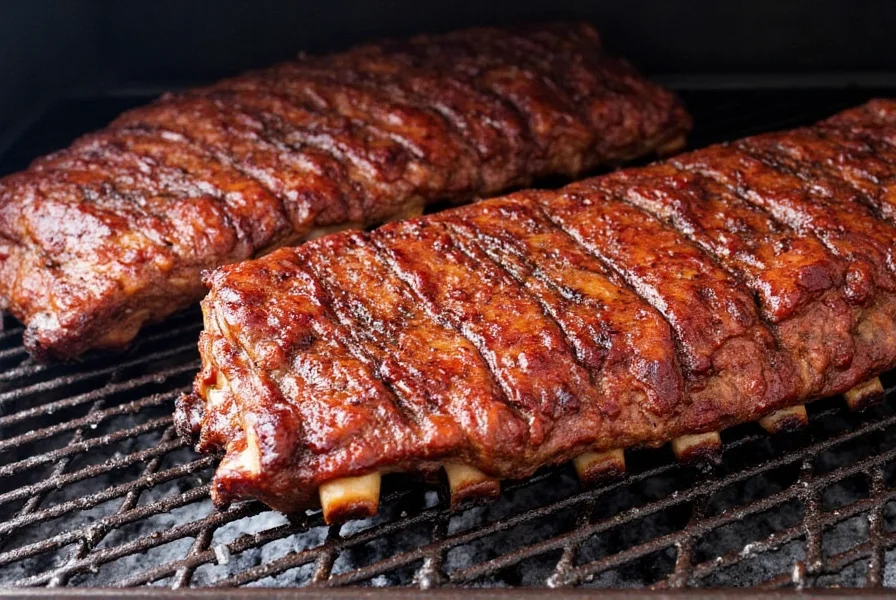
Follow this exact timeline for perfect ribs:
- Preheat smoker: Set to 225°F (107°C) using indirect heat. Add apple or cherry wood chunks for mild smoke.
- Place ribs: Position bone-side down on smoker grates. Close lid immediately.
- Smoke for 3 hours: Maintain consistent temperature. No peeking during first 3 hours.
- Wrap in foil: After 3 hours, wrap ribs tightly in foil with 1/2 cup apple juice. Return to smoker.
- Continue smoking: Cook for 1.5-2 hours until internal temperature reaches 195°F (90°C).
- Unwrap and glaze: Remove ribs from foil, brush with BBQ sauce. Return to smoker uncovered for 20-30 minutes until sauce sets.
- Rest: Wrap in butcher paper and rest for 15 minutes before slicing.
Custom Spice Blends with Exact Measurements
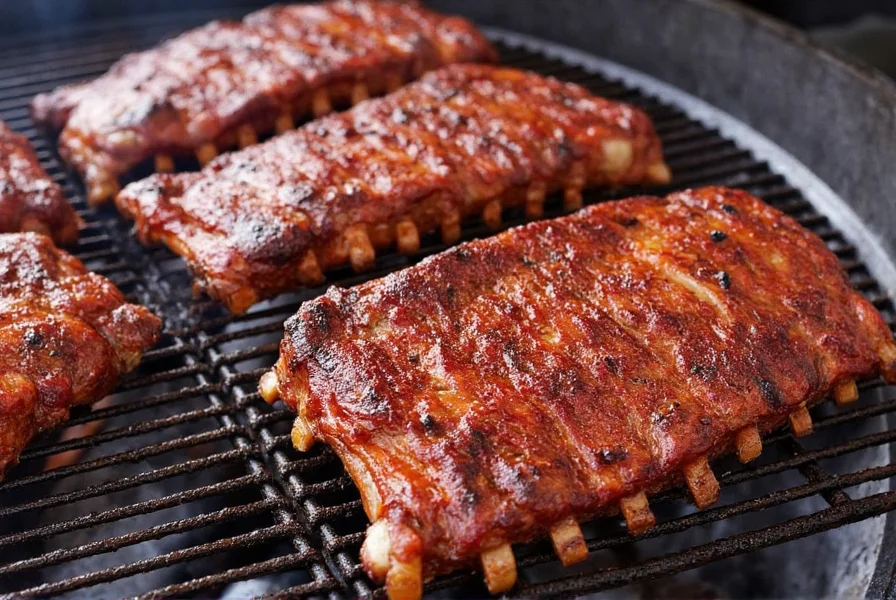
| Blend Name | Ingredients (Measurements) | Best For |
|---|---|---|
| Kansas City Classic | 1/4 cup brown sugar, 2 tbsp paprika, 1 tbsp garlic powder, 1 tbsp onion powder, 1 tsp cayenne, 1 tbsp salt, 1 tsp black pepper | Sweet & spicy balance |
| Texas Heat | 2 tbsp coarse black pepper, 1 tbsp smoked paprika, 1 tbsp salt, 1 tsp cumin, 1 tsp garlic powder | Pure savory depth |
| Carolina Gold | 2 tbsp mustard powder, 1 tbsp turmeric, 1/4 cup brown sugar, 1 tsp salt, 1 tsp cayenne | Tangy dry rub lovers |
| Smoked Maple | 1/4 cup maple sugar, 2 tbsp smoked paprika, 1 tbsp brown sugar, 1 tsp salt, 1 tsp black pepper | Unique sweet-smoky flavor |
Essential Equipment Guide
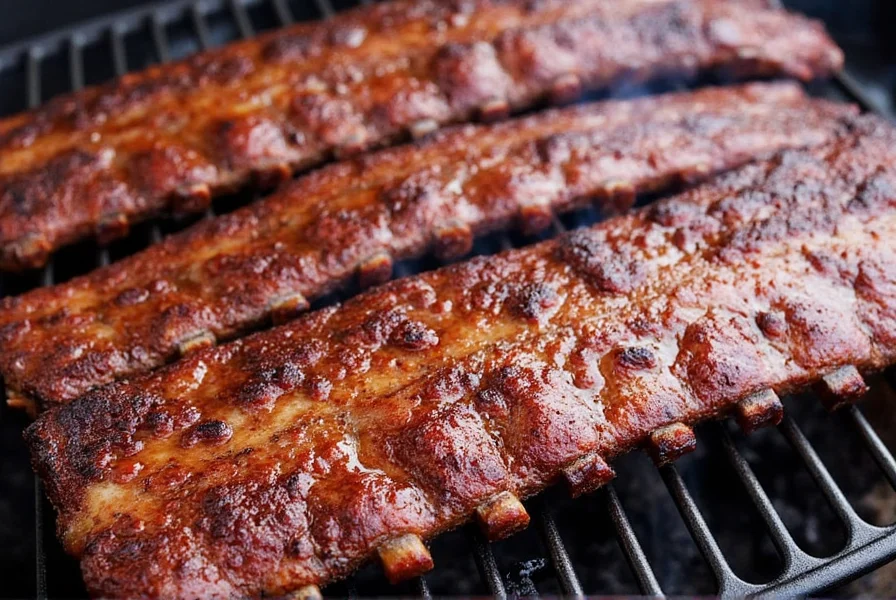
These tools are non-negotiable for perfect results:
- Smoker: Vertical or offset smoker capable of maintaining 225°F-250°F
- Instant-read thermometer: Must read within 1-2 seconds (accuracy ±1°F)
- Grill gloves: Heat-resistant to 900°F+ (for safe handling)
- Wood chunks: Apple or cherry for mild smoke (soak 30 minutes before use)
- Aluminum foil: Heavy-duty for wrapping (18" width minimum)
- Butcher paper: For resting ribs after smoking
Frequently Asked Questions
What's the exact internal temperature for perfectly cooked ribs?
195°F-203°F (90°C-95°C) is the ideal range. At this temperature, collagen fully breaks down while maintaining structure. Use an instant-read thermometer inserted between bones for accuracy.
Why is my membrane difficult to remove?
Use a butter knife to lift an edge, then grip with a dry paper towel for better traction. If membrane tears, reposition knife under remaining pieces. Fully removing membrane prevents chewy texture.
Can I use a pellet grill for this recipe?
Absolutely. Set pellet grill to "smoke" mode initially, then maintain 225°F. Use apple or cherry pellets for best flavor profile. Ensure consistent airflow for even cooking.
How do I prevent ribs from drying out during smoking?
Wrap in foil with apple juice after 3 hours. Maintain smoker temperature between 225°F-250°F. Never open the smoker lid unnecessarily during first 3 hours of cooking.
What's the best way to apply BBQ sauce?
Apply thin layers during the last 20-30 minutes of cooking. Use a pastry brush for even coverage. Avoid applying sauce too early, as sugar content can burn at high temperatures.
Conclusion
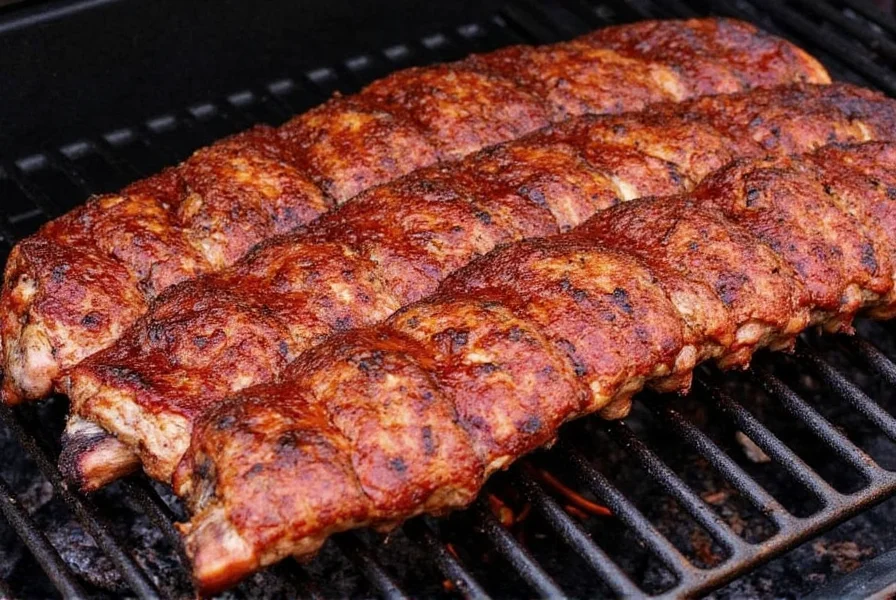
With these precise measurements and proven techniques, you'll consistently achieve restaurant-quality St. Louis ribs. The key is attention to detail: exact temperatures, proper membrane removal, and controlled cooking times. Remember to rest your ribs before slicing to lock in juices. Now fire up that smoker and enjoy the most flavorful ribs of your life!

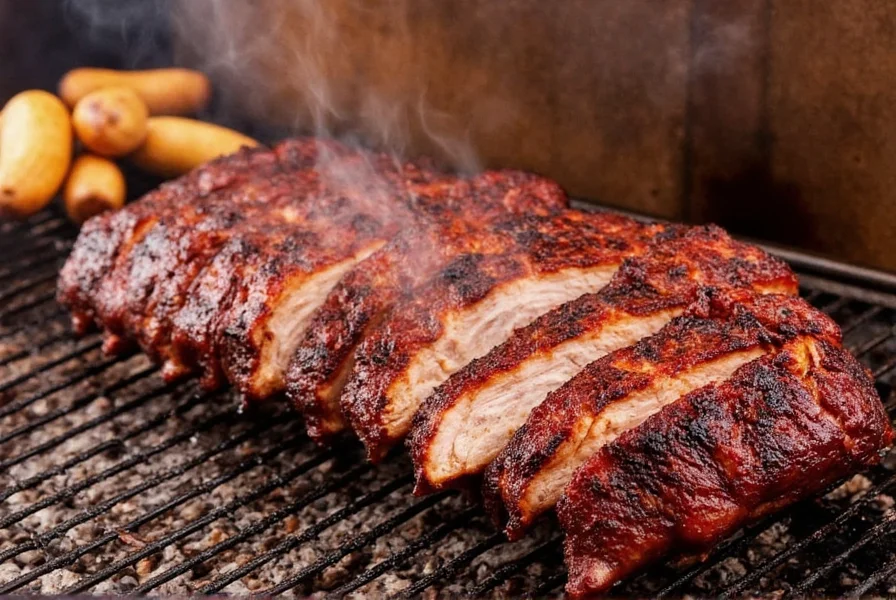









 浙公网安备
33010002000092号
浙公网安备
33010002000092号 浙B2-20120091-4
浙B2-20120091-4